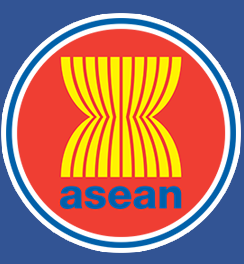ASEAN Journal on Science and Technology for Development
Abstract
Increases in the numbers of residents in a given location have the consequence of increasing the need for living space. However, diverse environmental conditions make it impossible to develop housing in every location. Spatial analysis is therefore useful in determining land suitability for housing development so that environmental problems are avoided. The aims of this study were to determine the projected land needs for housing in Pesisir Selatan Regency, West Sumatra, Indonesia, as well as to perform suitable area mapping for housing through spatial analysis using five physical parameters (slope, disaster vulnerability, river and beach border, and protected area). The results showed that the land needed for housing in Pesisir Selatan increased every year. By 2020, it is predicted that the land allocation for housing will be 15.6–51.15 km2. Based on the spatial analysis, 21.657% of the area had high suitability (S1) for housing, 18.616% had moderate suitability (S2), 6.782% had low suitability (S3), and 52.944% was not suitable (N1). It is predicted that in 2020, the government will have to use the low suitability area despite its more significant risks. Therefore, it will be necessary to pay attention to mitigation aspects and housing technique manipulation in the steep slope area.
Publication Date
8-30-2019
Recommended Citation
Dyah, Widiyastuti; Heni, Ermawati; Lambang, Septiawan; and Salivian Wisnu, Kumara Ignatius
(2019)
"Land Suitability Analysis for Housing in Pesisir Selatan Regency, West Sumatra, Indonesia,"
ASEAN Journal on Science and Technology for Development: Vol. 36:
No.
2, Article 2.
DOI: https://doi.org/10.29037/ajstd.574
Available at:
https://ajstd.ubd.edu.bn/journal/vol36/iss2/2

